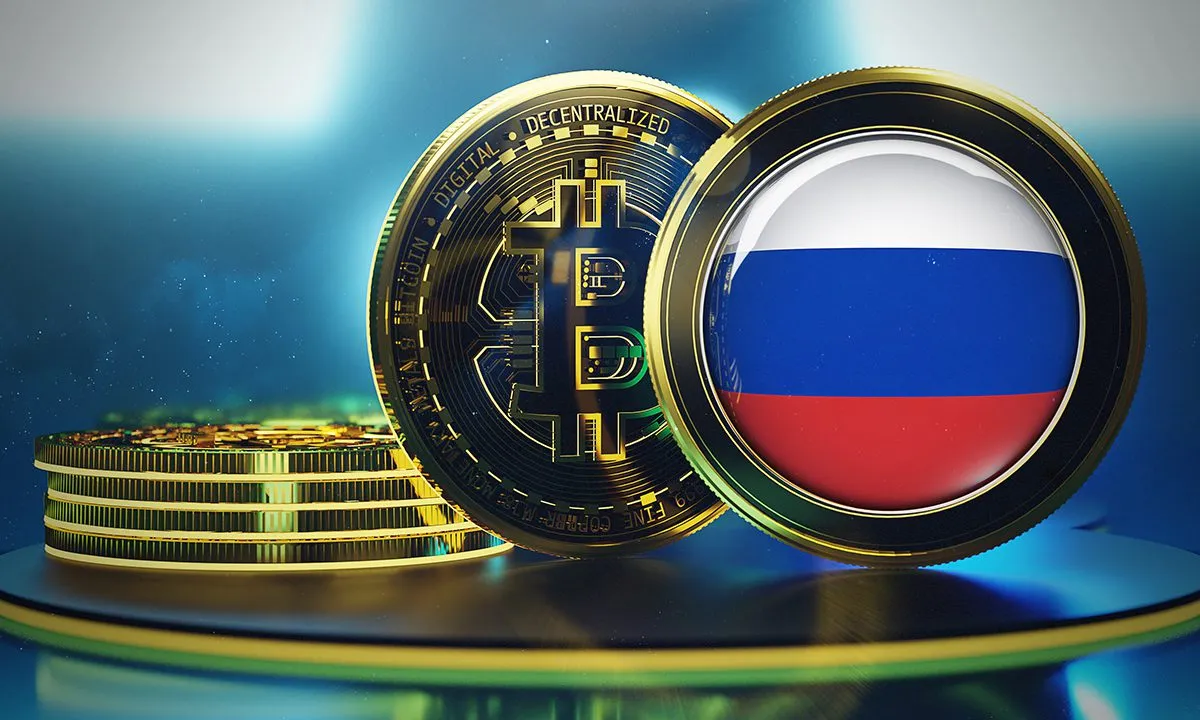The world of cryptocurrency is no stranger to innovation, but sometimes, new digital assets emerge for reasons that go far beyond technology or finance—they become tools of geopolitical maneuvering. That’s the case with A7A5, a ruble-pegged stablecoin that has quietly moved nearly $9.3 billion in transactions on a single crypto exchange in just four months, all while flying under the radar of mainstream headlines.
A7A5: A Stablecoin Born from Sanctions
A7A5 isn’t just another digital token. Its origins are rooted in the complex world of international sanctions and financial restrictions. Created by a Moldovan oligarch facing legal troubles and a Russian bank deeply entrenched in the defense sector, A7A5 was launched in Kyrgyzstan—a strategic move designed to keep it outside the immediate reach of Western regulators. The stablecoin is pegged to the Russian ruble, aiming to facilitate large-scale cross-border payments for Russian clients, especially as traditional channels have been squeezed by sanctions.
In just a few months, A7A5 has seen 12 billion tokens enter circulation, representing a market value of about $156 million. Yet, despite this staggering figure, only a select group of users are actively trading or utilizing the token.
The Grinex Connection
At the heart of A7A5’s activity is Grinex, a newly established crypto exchange in Kyrgyzstan. Grinex was founded at nearly the same time as A7A5’s launch, and it quickly became the primary—if not exclusive—platform for A7A5 transactions. The exchange only supports trading in A7A5, rubles, and a dollar-pegged stablecoin, creating a tightly controlled ecosystem for moving funds in and out of Russia.
This setup didn’t happen in a vacuum. Grinex and A7A5’s emergence closely followed the U.S. crackdown on Garantex, which had been Russia’s largest crypto exchange until it was shuttered for alleged sanctions violations and money laundering. After Garantex’s closure, large amounts of crypto—especially Tether’s USDT—were shifted into A7A5. Blockchain analysis revealed that $29 million in A7A5 tokens made their way to Grinex, and at least $149 million has been invested in the stablecoin overall.
A7A5’s Backers and Shifting Alliances
Initially, A7A5 was backed by a British-sanctioned firm known as A7, with technical support from the company in its early days. However, A7A5’s team claims they have since severed ties, citing different visions for the project’s future.
The stablecoin’s rise coincides with a broader push by Russian officials to embrace cryptocurrencies as a workaround to Western sanctions. Even Russia’s Finance Minister has publicly acknowledged the use of Bitcoin for international trade, signaling a shift in the country’s approach to global finance.
How Russian Users Move Money
For Russian users, the process is surprisingly straightforward: they can purchase A7A5 tokens on blockchain platforms like Tron or Ethereum, swap those tokens for USDT (a dollar-pegged stablecoin), and then withdraw funds in any currency or country they choose. This flexibility makes A7A5 an attractive option for those seeking to move money internationally without the scrutiny of traditional banks.
Is Grinex the New Garantex?
The question of whether Grinex is simply a rebranded Garantex looms large. Investigations by blockchain analysts have uncovered striking similarities between the two exchanges—down to their user interfaces and transaction patterns. Evidence suggests that Garantex transferred billions of A7A5 tokens to Grinex, and that users with frozen funds on Garantex were able to reclaim their assets through new Grinex accounts.
Despite these connections, Grinex insists it is an independent entity, distancing itself from any claims of continuity or rebranding. The exchange maintains that it merely capitalized on the market opportunity left by Garantex’s closure, onboarding only users with transparent transaction histories.
A New Chapter in Crypto and Sanctions
A7A5’s rapid ascent is a testament to the adaptability of digital finance—and the lengths to which some will go to sidestep global restrictions. As the lines between traditional banking and cryptocurrency continue to blur, the story of A7A5 and Grinex underscores the ongoing cat-and-mouse game between regulators and those determined to find new pathways for money to flow across borders.
